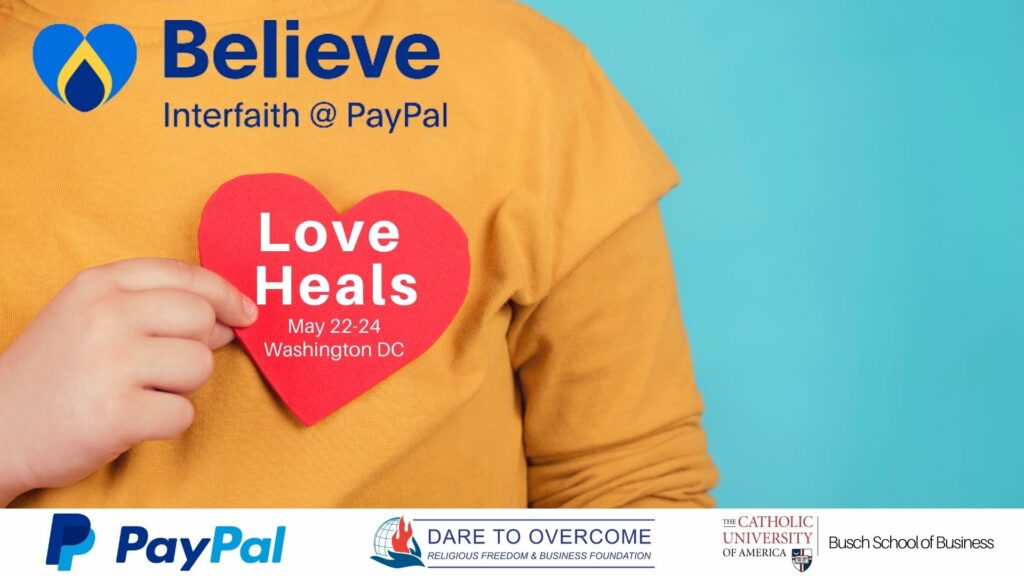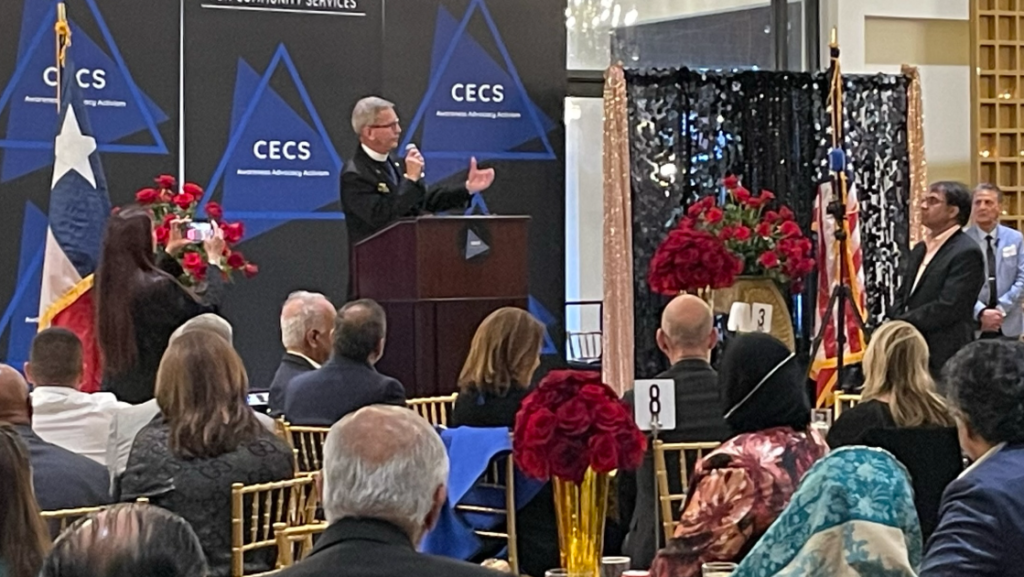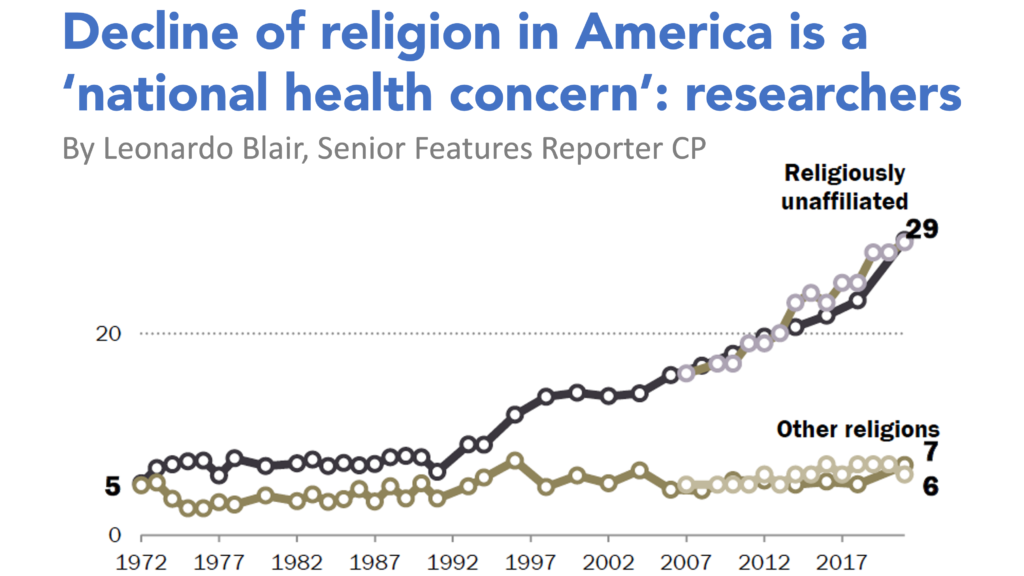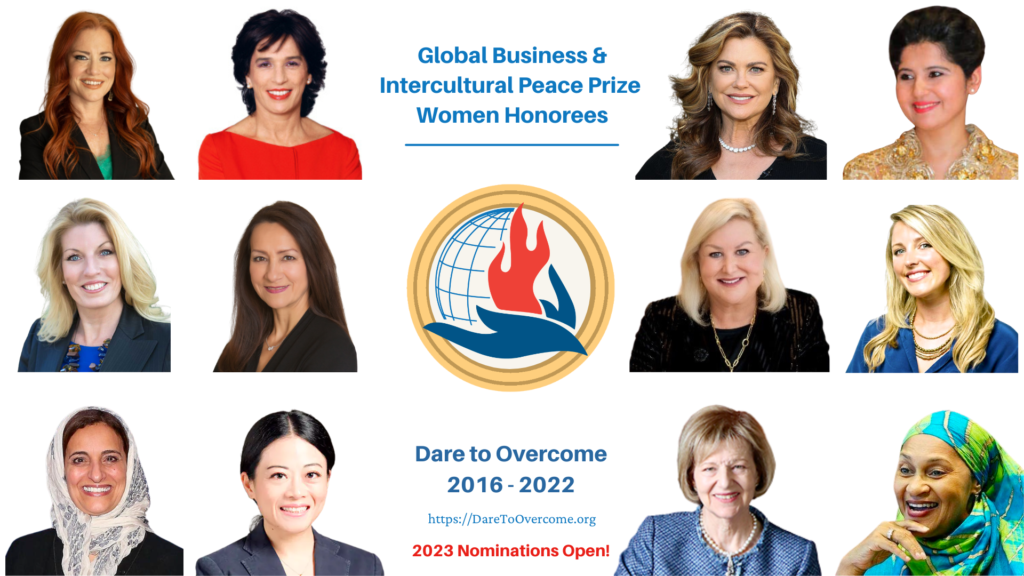
“Love your neighbor” – a tenet that cuts across faiths and worldviews, a rule for civil society.
The PayPal Believe Interfaith ERG (employee resource group) recently refocused its mission and branding to be love and light to their customers, communities and co-workers, grounded in a common belief that love is the path to societal and personal healing.
With the theme “Love Heals,” PayPal’s Believe team will kickoff the 2023 Faith@Work National ERG Conference Dare to Overcome on Monday, May 22, at 2:00 PM in Washington DC at the Busch School of Business on the beautiful campus of The Catholic University of America.

Leaders from the Believe ERG will share personal stories of how love has helped them overcome challenges in their lives and share steps we can all take to build bridges between different faiths.
The theme Love Heals will permeate the conference and put to practice what a physician once said, “The best medicine for humans is love.” But then someone asked, “What if that doesn’t work?” The Doc smiled and replied, “Increase the dose.”
Across the three days of the conference, opportunities to explore what this means will include:
1. Understanding the role of love in healing: Love is a powerful force that can heal emotional and physical wounds. Love can help people overcome their differences and come together, despite their religious or cultural backgrounds.
2. Exploring the connection between faith and love: How do different faiths view love and its healing power? Faith can inspire and motivate people to show love and compassion towards others, even those who may not share their beliefs.
3. Sharing personal stories: Opportunities to share their personal experiences of how love has helped them overcome challenges in their lives. These stories can help to illustrate the healing power of love and inspire others to show more love and compassion towards others.
4. Overcoming barriers to love: How can we overcome the barriers that prevent us from showing love towards others? Fear, ignorance, and prejudice prevent us from showing love and compassion towards those who are different from us.
5. The importance of empathy: Empathy is a key component of love, as it allows us to understand and connect with others on a deeper level. Empathy is important in promoting love and healing in interfaith ERGs.
6. Building bridges across faiths: What steps can we take to build bridges between different faiths and promote understanding and acceptance? Dialogue, education, and outreach are important in promoting interfaith understanding and healing.
PayPal is a Platinum Sponsor of Dare to Overcome.














